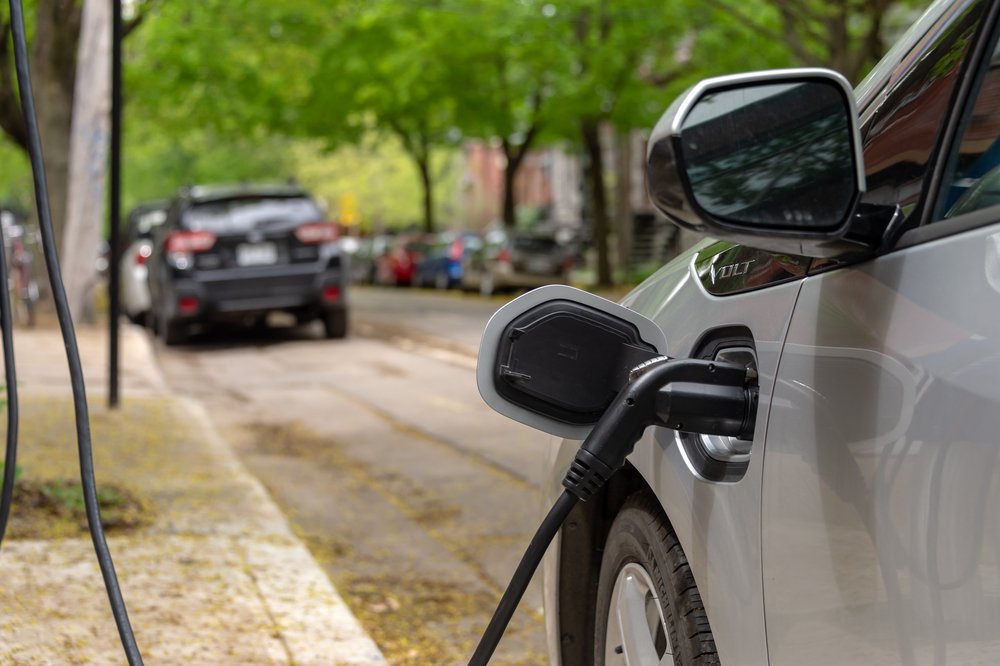The gaps, strengths in Canada’s EV infrastructure
Share
Share

A new survey by Pollution Probe and the Mobility Futures Lab revealed that 86 per cent of electric vehicle owners would purchase another EV.
In addition to future purchase intentions, the survey offers an in-depth look at Canada’s EV charging landscape, revealing key insights into charging behaviour and infrastructure satisfaction.
The 2024 Electric Vehicle Charging Experience Survey gathered responses from more than 2,000 EV owners across the country with funding from Natural Resources Canada’s Zero Emission Vehicle Awareness Initiative, along with support from the University of Toronto.
ZEV sales and EV sales specifically hit all-time highs in 2024 as a percentage of new vehicle sales, supported by government incentives and expanding charging infrastructure. Last year, Level 2 public charging stations grew by 36 per cent, while Level 3 Direct Current Fast Charging (DCFC) stations increased by 29 per cent, bringing the total number of public charging stations in Canada to over 27,000.
The survey’s findings showed the strengths and areas for improvement in the nation’s charging network. Respondents’ experiences were categorized into four key areas: Charging behaviour, network coverage satisfaction, network service satisfaction and payment systems. A new section this year focused on future EV purchase decisions.
Despite a large percentage of EV owners saying they would make the purchase again, access to public charging remains a major factor in purchase decisions, with 74 per cent of EV owners without home charging citing it as a significant consideration, along with 64 per cent of those with home charging.
Charging behaviour also varied based on home charging access. The survey found that 84 per cent of EV owners with home charging primarily use public stations for long trips, while only 38 per cent of those without home charging do so. Workplace charging access is another challenge, as 51 per cent of those without home charging also lack a workplace charging option, forcing them to rely on public stations.
When it comes to network coverage satisfaction, Quebec led the way, with 46 per cent of EV owners finding the number of public charging stations adequate, compared to 28 per cent in Ontario and 21 per cent in British Columbia. Meanwhile, 44 per cent of respondents nationwide said they often had to take indirect routes to access a charger.
The survey also examined service satisfaction, finding that fewer than 16 per cent of respondents were dissatisfied with winter access to charging stations. However, 29 per cent expressed dissatisfaction with wait times, and 42 per cent reported that gas-powered vehicles frequently occupied EV charging spots.
In terms of payments and costs, 71 per cent of EV owners are members of at least two charging networks, reflecting the decentralized nature of Canada’s charging ecosystem. While 47 per cent said public charging fees were reasonable, 60 per cent voiced concerns about inconsistent pricing. Additionally, 42 per cent were willing to pay more for faster charging, though this varied by region, income and home charging access.
The report suggested that expanding DC fast chargers along major routes to support long-distance travel and alleviate range anxiety. It also recommends increasing Level 2 charger availability in urban areas for residents without home charging. Other proposed solutions include incentivizing home charger installations in multi-unit residential buildings, standardizing payment systems across networks and transitioning to energy-based (kWh) billing to enhance transparency and convenience.
The study further recommended conducting regular surveys to address knowledge gaps in EV charging and launching educational campaigns with automakers, governments and local stakeholders to provide clearer information on charging options, pricing and payment systems.
Image credit: Depositphotos.com
Leave a Reply